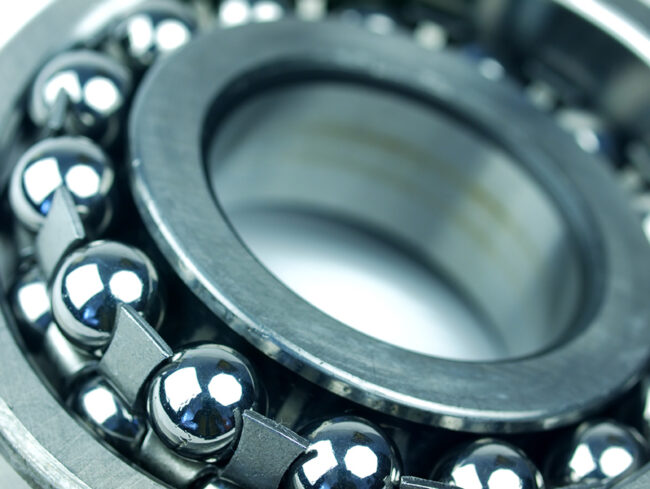Background
It is well known that the heat produced from high electrical resistance typically precedes electrical failures. For this reason, infrared scans are an essential measure for troubleshooting, diagnostics, and preventive maintenance in electrical power distribution applications. In this case study infrared detects catastrophic heat in terminal blocks at a cement mill.
Thermal imaging is most often used for inspecting the integrity of electrical systems, because test procedures are non-contact and can be performed quickly with equipment in service. Comparing the thermal signature of a normally operating piece of equipment to the one being evaluated for abnormal conditions, offers an excellent means of troubleshooting.
This case study is from a cement mill plant in Ireland, Europe. Since 2018, Eastway have completed electrical thermography surveys of the plant’s electrical installations on a six-monthly frequency. Eastway work closely with the cement mill’s electrical maintenance crew to find, diagnose and repair any electrical faults in advance of failure.
Case Description
In February 2021, during the electrical thermography survey, infrared detects catastrophic heat in terminal blocks at sp1 in a dust filter due to a bad connection. The terminal blocks were badly damaged due to the excessive heat. Smoke and smut residue was observed on the back plate of the of the terminal block panel. The excessive temperature posed a significant fire risk which would have resulted in a health and safety risk and plant production shutdown.
Recommended Action
It was recommended to replace all terminal blocks and re-terminate ensuring all connections comply with current standards.
Action Taken
Maintenance work was planned and executed by the site’s electrical maintenance team immediately and Sp1 values dropped significantly. The photos below show the difference in temperature six months apart, values decreased from 338.8 °C to 37.4 °C after the corrective works had taken place.






Results
Detecting the fault in advance, enabled timely planning and sufficient lead time to order materials and have the correct tools on location. Thus, in addition to eliminating a significant fire risk and avoiding unplanned downtime, the detection also significantly reduced the man hours to replace the components.
Table 1 illustrates the importance of having predictive maintenance in place to detect failures, allowing corrections to be carried out before costly system failures occur.
Estimated* cost savings associated with avoidance of unplanned downtime, emergency repair costs & secondary damage:

Table 1. Estimated cost savings
Next Thermography case study: Thermography infrared detects set of 3 failing electrical relays at nutrition plant



